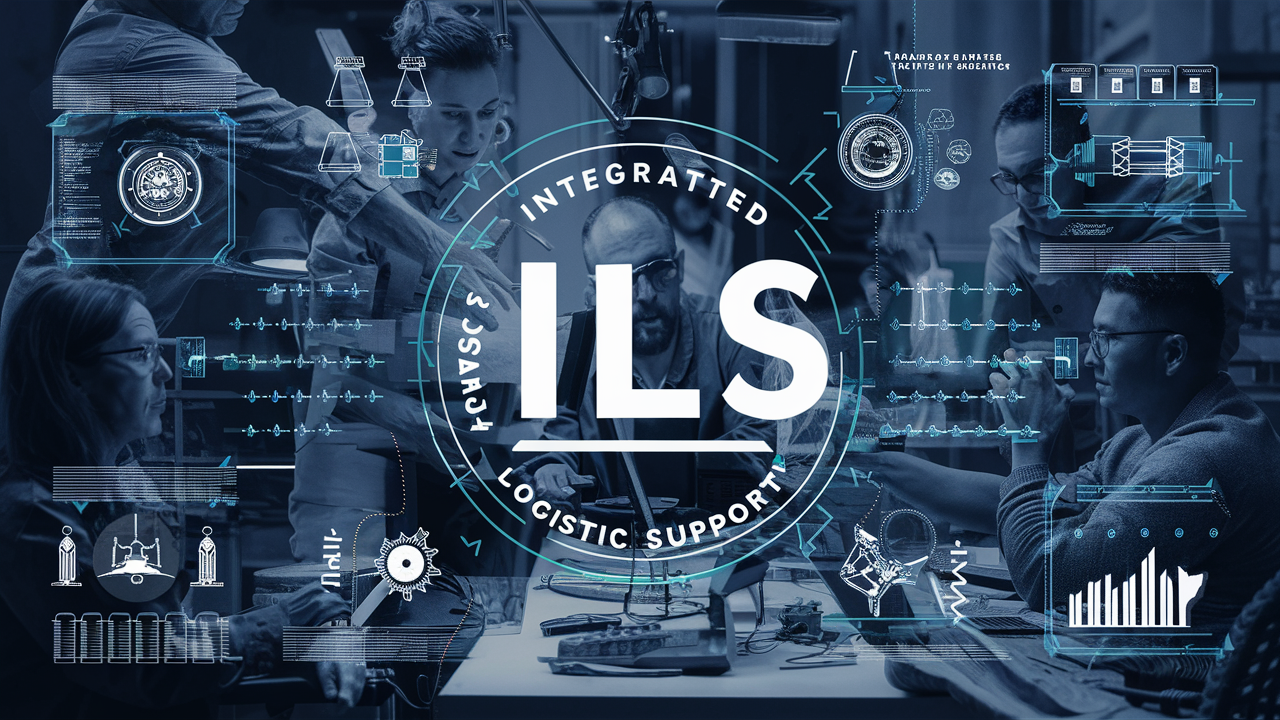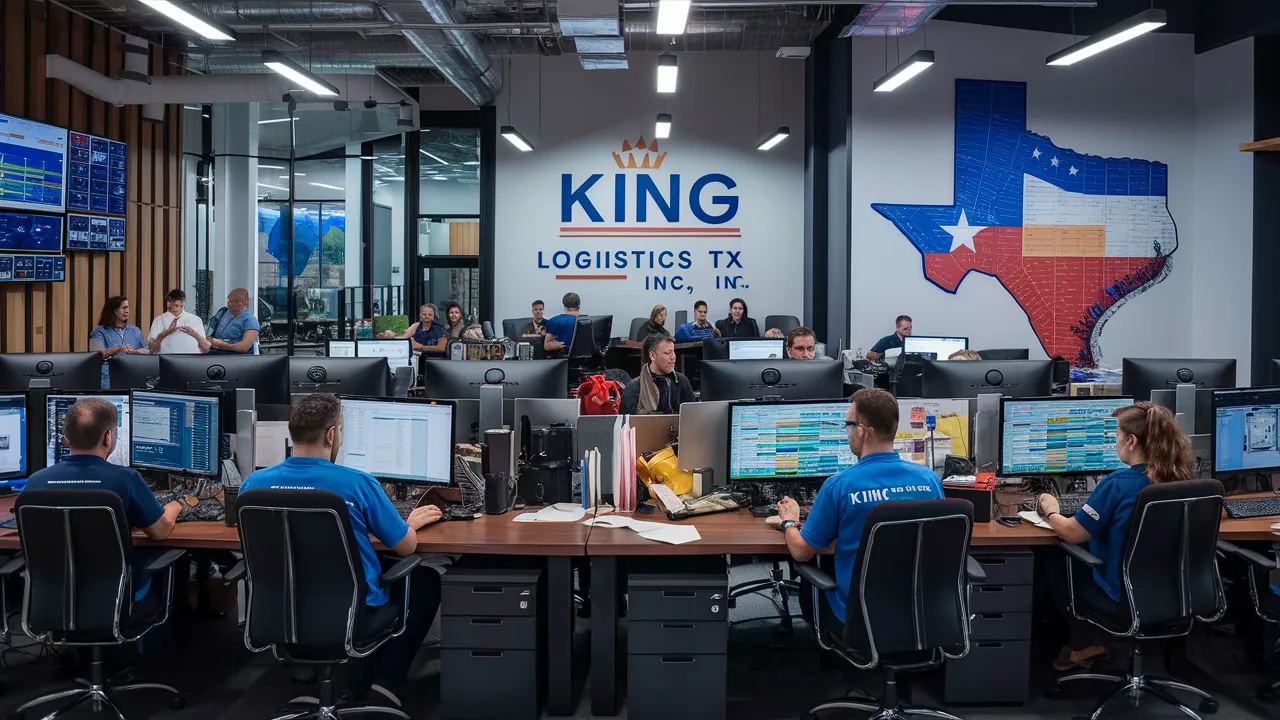Table of Contents
Introduction
Integrated Logistic Support (ILS) is a method that ensures all parts of a system or product are supported throughout its entire lifecycle. This approach combines various elements like maintenance, training, and supply management to keep the system operational and reliable. The main goal of ILS is to improve system efficiency, reduce costs, and ensure continuous availability.
The Importance of ILS Throughout a System’s Lifecycle
ILS is vital because it offers ongoing support from the initial design to the end of the system’s life. It ensures the system remains effective and efficient, adapting to changes and addressing any issues that arise over time. By incorporating ILS, organizations can avoid costly downtime and maintain high operational standards.
Key Elements of an Integrated Logistic Support Program
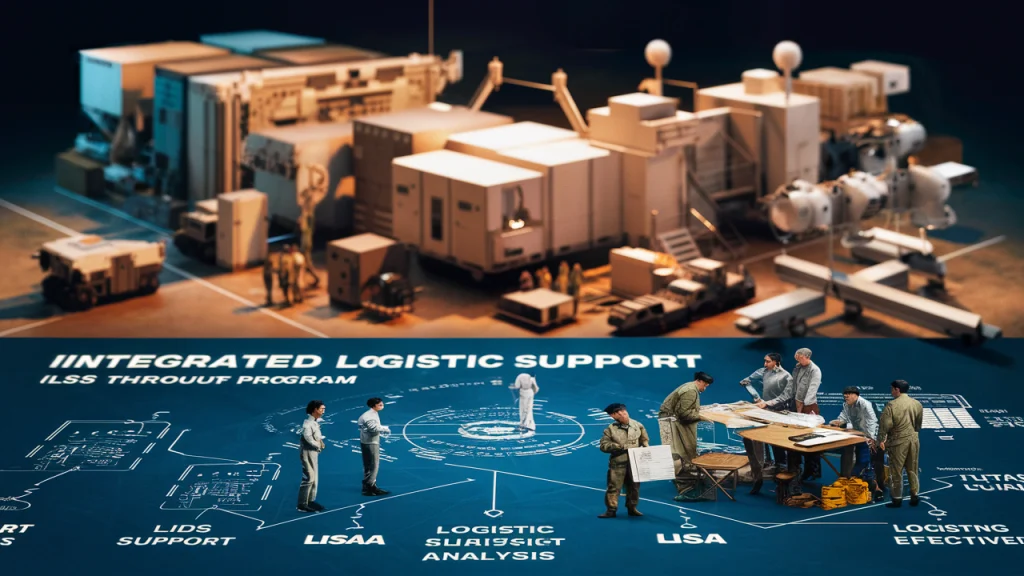
3.1 Logistic Support Analysis (LSA):
Identifying Support Needs
Logistic Support Analysis (LSA) involves identifying the support requirements for a system. This step ensures all necessary resources and processes are in place to maintain the system effectively.
3.2 Supportability Engineering:
Designing for Maintainability
Supportability engineering focuses on designing systems that are easy to maintain. This includes making components accessible and ensuring that maintenance tasks are straightforward.
3.3 Provisioning:
Ensuring Spare Parts and Resources are Available
Provisioning ensures that all necessary spare parts and resources are available when needed. This prevents delays in repairs and helps keep the system operational.
3.4 Training and Technical Data:
Equipping Personnel for Support
Training and technical data provide the necessary knowledge and information to personnel. Proper training ensures that staff can operate and maintain the system efficiently.
3.5 Maintenance Planning and Data Collection:
Optimizing Uptime
Maintenance planning involves creating schedules for regular checks and repairs. Data collection helps monitor the system’s performance and identify any potential issues early.
Benefits of Implementing Integrated Logistic Support
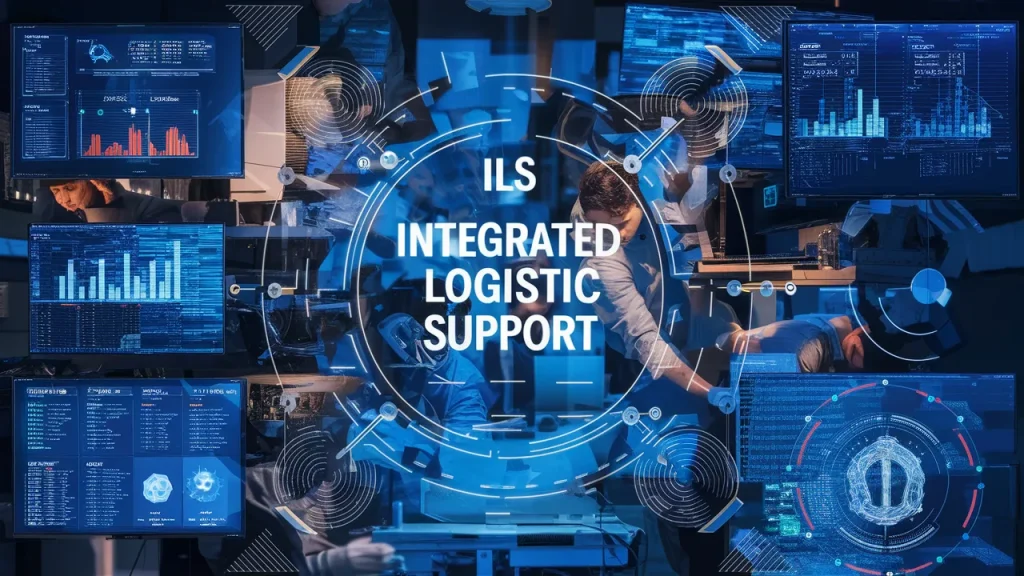
4.1 Increased System Availability and Uptime
ILS helps increase the availability of the system by ensuring it is always ready for use. This reduces downtime and keeps operations running smoothly.
4.2 Reduced Life Cycle Costs
By planning and managing support needs from the start, ILS helps reduce overall costs throughout the system’s lifecycle. This includes savings on maintenance, repairs, and resource allocation.
4.3 Improved System Reliability and Maintainability
ILS improves the reliability of the system by ensuring it is well-maintained and supported. This leads to fewer failures and easier repairs.
4.4 Enhanced Operational Readiness and Efficiency
With ILS, systems are always ready for use, which enhances operational efficiency. This means organizations can rely on their systems to perform as expected.
Applications of Integrated Logistic Support
5.1 Manufacturing and Complex Systems
ILS is used in manufacturing to manage complex systems, ensuring they operate efficiently and reliably.
5.2 Defense and Military Equipment
In defense, ILS helps maintain and support military equipment, ensuring it is always ready for deployment.
5.3 Aerospace and Aviation Industry
The aerospace and aviation industry uses ILS to maintain aircraft and related systems, ensuring safety and reliability.
Also Read: Logistics Planning.
Implementing an Integrated Logistic Support Program
To implement an ILS program, organizations need to:
- Conduct a Logistic Support Analysis (LSA)
- Design for maintainability
- Ensure provisioning of spare parts and resources
- Provide training and technical data to personnel
- Plan and schedule maintenance activities
Challenges of Implementing Integrated Logistic Support
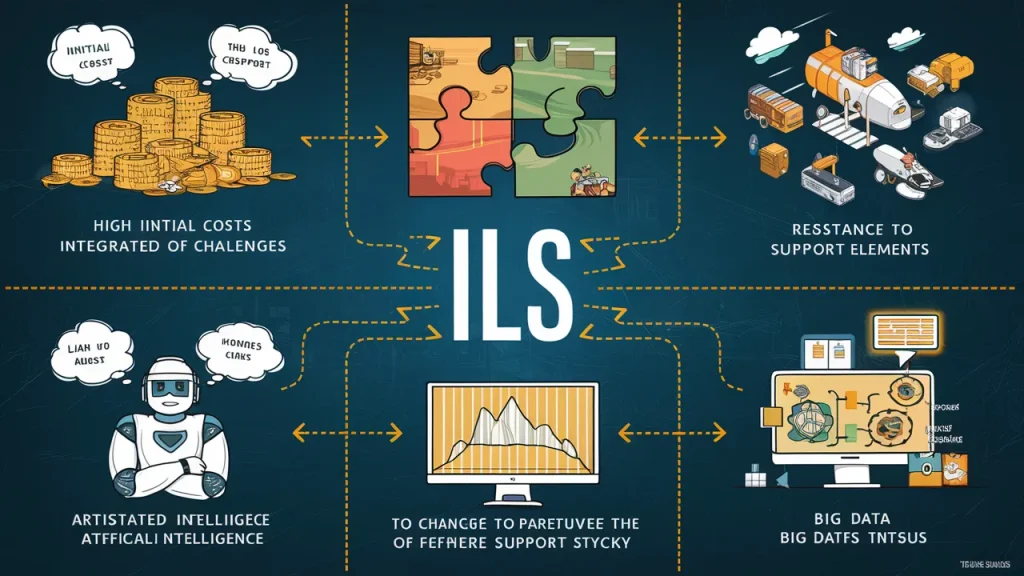
Implementing ILS can face challenges such as:
- High initial costs
- Complexity in integrating various support elements
- Resistance to change from personnel
The Future of Integrated Logistic Support
The future of ILS involves advancements in technology, such as the use of AI and big data to improve support processes. These advancements will make ILS more efficient and effective.
Common Myths About Integrated Logistic Support Debunked
Some common myths about ILS include:
- It’s only for large systems (ILS can be applied to any system, big or small)
- It’s too costly (ILS can save money in the long run)
- It’s unnecessary for simple systems (Even simple systems benefit from ILS)
Resources for Learning More About Integrated Logistic Support
To learn more about ILS, consider these resources:
- Online courses on logistic support
- Industry journals and publications
- Workshops and seminars on ILS
Case Studies: Examples of Successful ILS Implementation
Case studies show how ILS has been successfully implemented in various industries. These examples highlight the benefits and best practices of ILS.
Final Thoughts
Integrated Logistic Support matters because it ensures systems are reliable, efficient, and cost-effective throughout their lifecycle. Organizations can maintain high operational standards and avoid costly downtime by implementing ILS.
FAQs:
What is Integrated Logistic Support (ILS)?
Integrated Logistic Support (ILS) is a method that ensures all parts of a system or product are supported throughout its lifecycle, enhancing reliability and efficiency.
Why is ILS important?
ILS is important because it reduces costs, improves system reliability, and ensures continuous availability by providing comprehensive support from design to decommissioning.
What are the key components of ILS?
The key components of ILS include maintenance planning, supply support, training and technical data, support equipment, and facilities management.
How does ILS benefit industries?
ILS benefits industries by increasing system uptime, reducing lifecycle costs, improving maintainability, and ensuring systems are always ready for operation.

